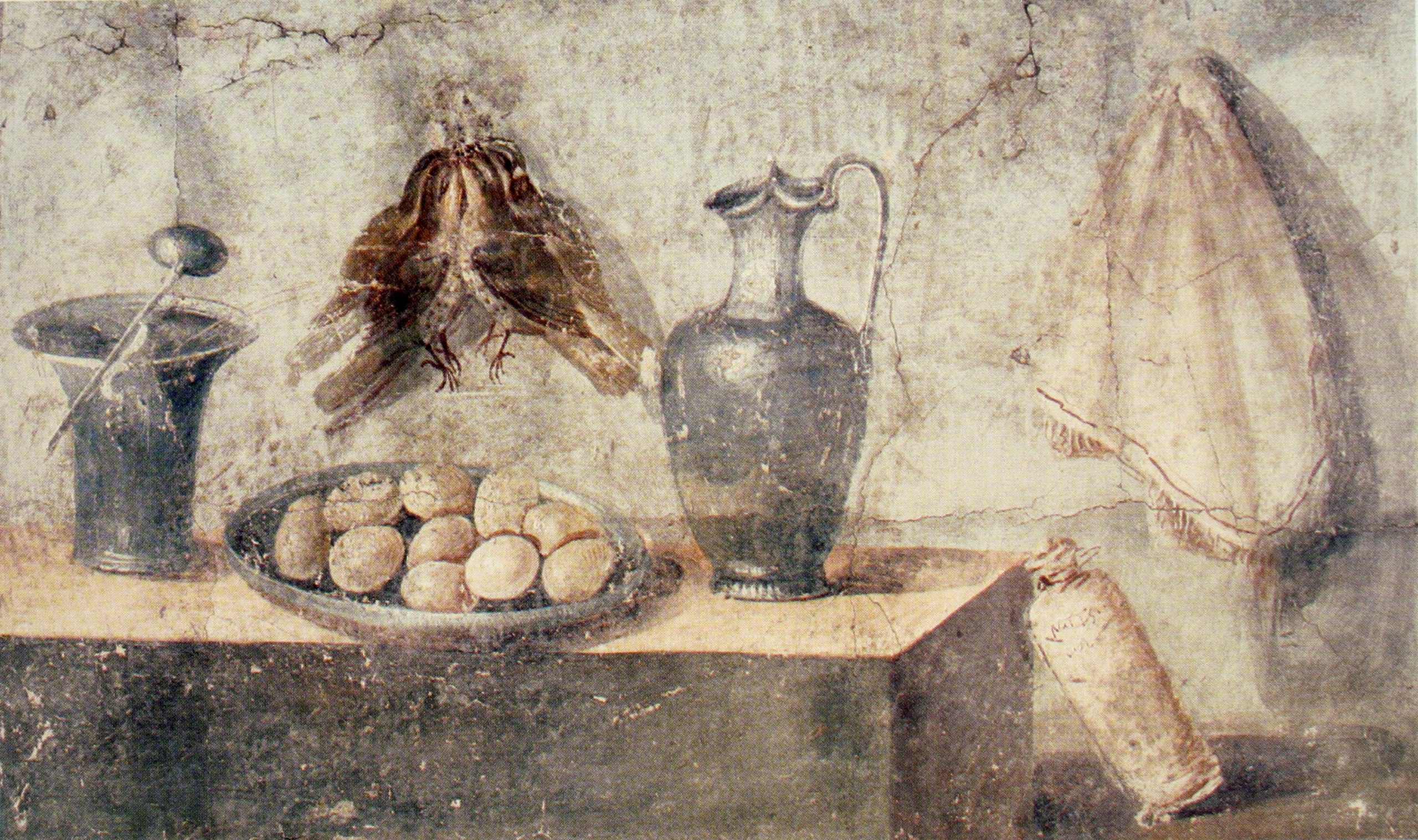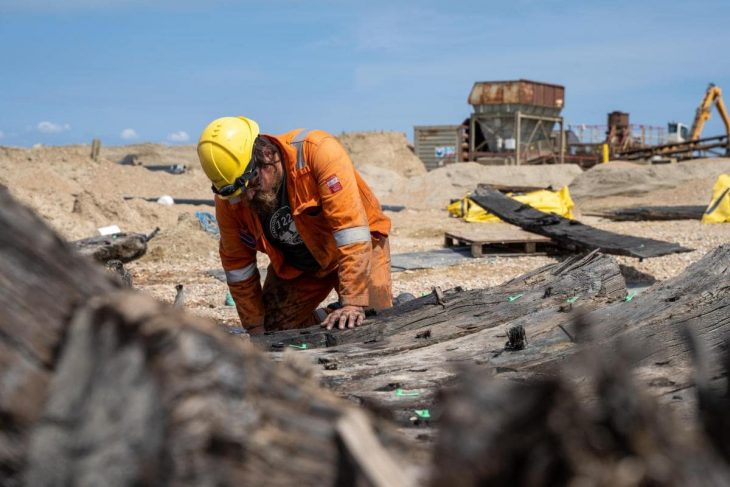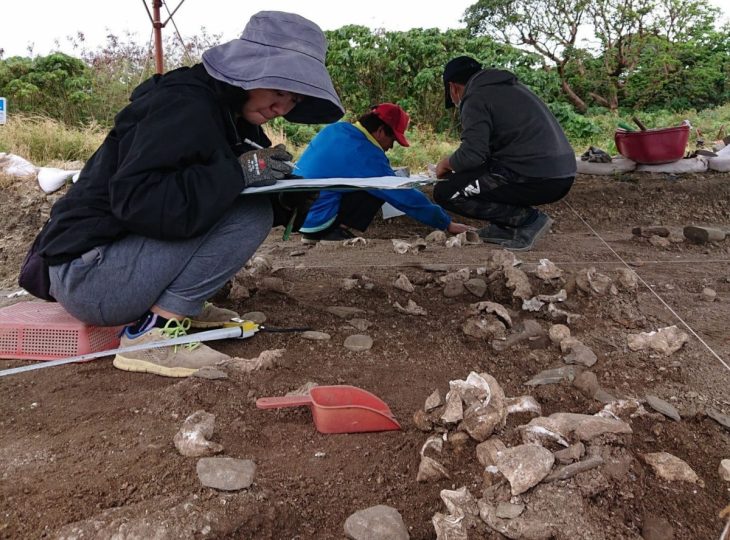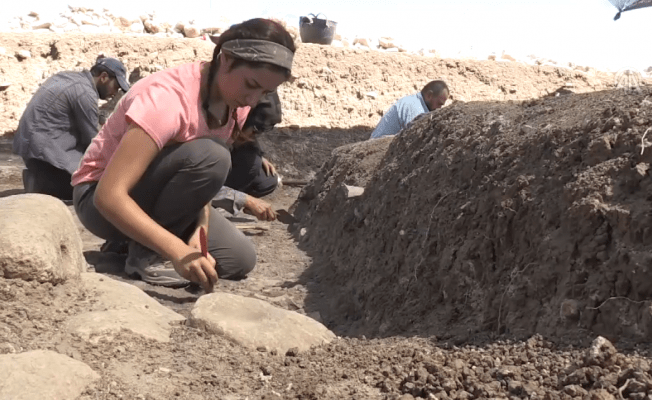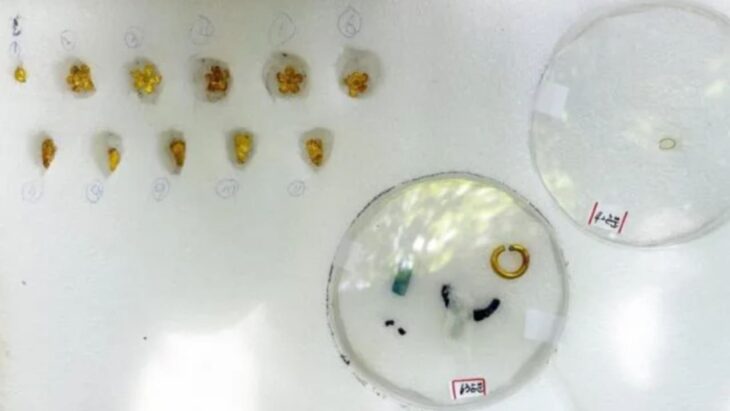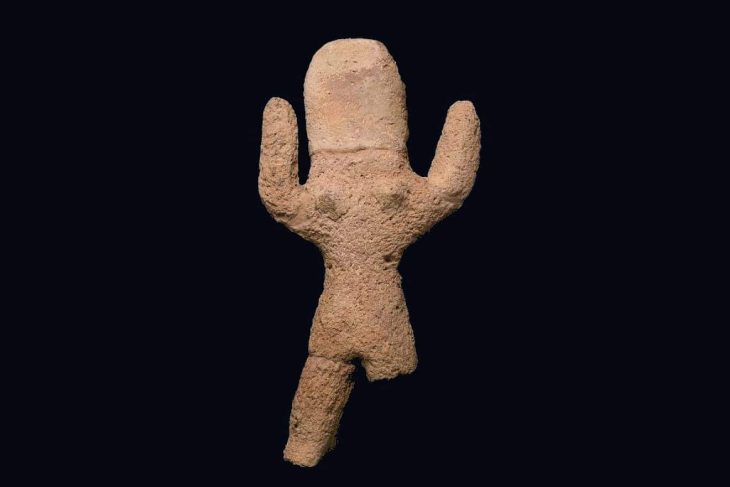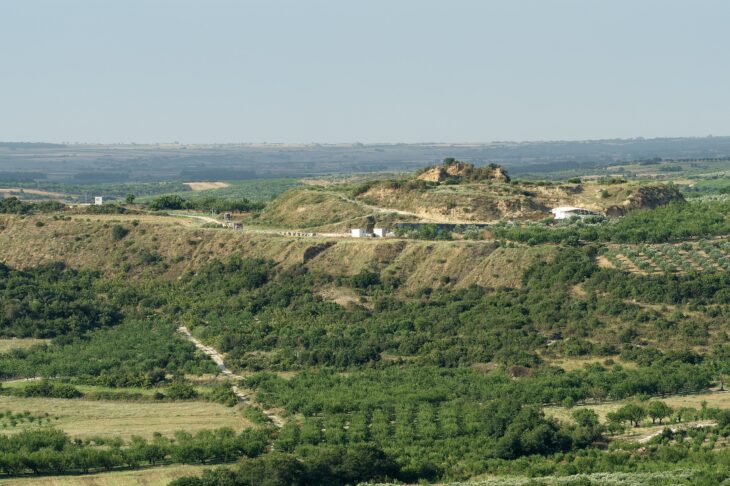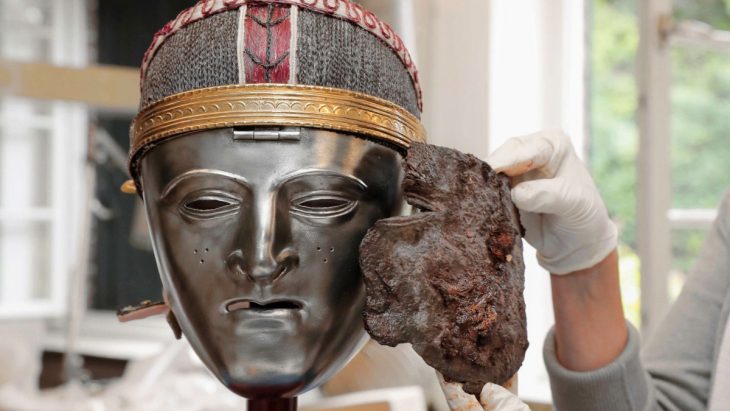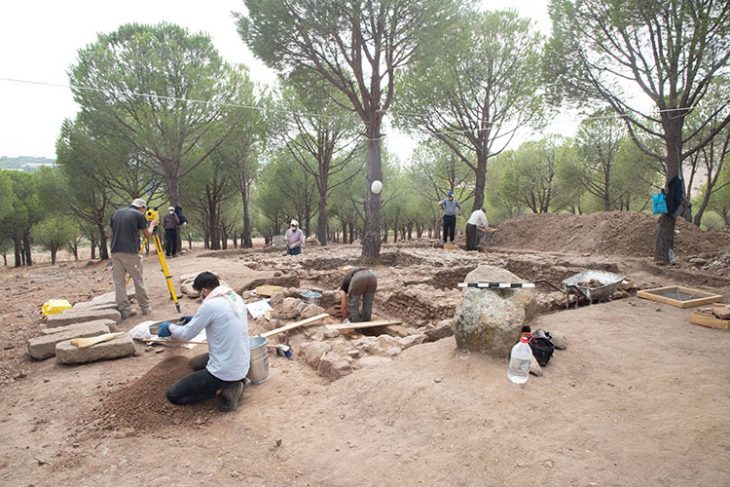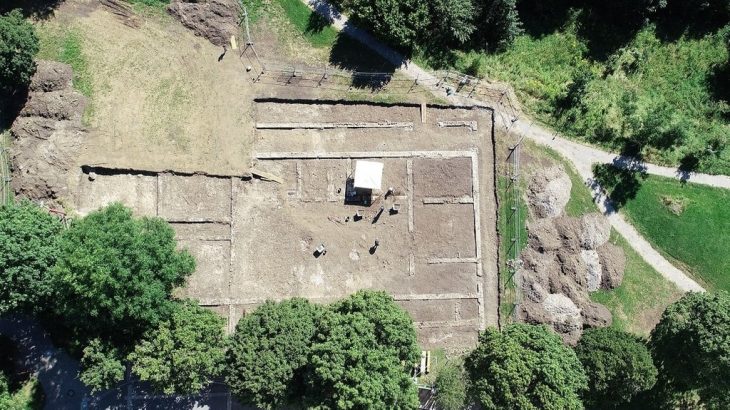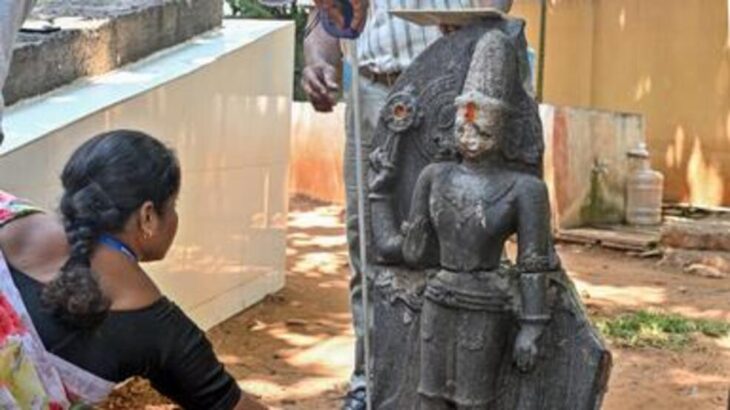Roman fast food, ancient Roman cuisine, song thrush consumption, Roman street food, Mallorca archaeology, Pollentia findings, Roman bird bones, ancient cooking techniques, thrush birds in Roman diet, Roman taberna, Roman popina, Roman culinary history, Roman food culture, ancient street food, Mediterranean archaeology, Roman-era fast food, archaeological bird remains, Turdus philomelos, Roman recipes, Roman urban diet
A fascinating new study published in the International Journal of Osteoarchaeology reveals that song thrushes — small migratory birds — were once a popular form of Roman street food, challenging the long-held belief that they were an elite delicacy reserved for luxury banquets.
Archaeologists analyzing a 1st-century BCE cesspit in the ancient Roman city of Pollentia, located on the island of Mallorca, Spain, discovered 165 thrush bones (Turdus philomelos) among food remains such as pig bones, sea shells, and fish. These findings emerged from a latrine attached to a taberna—an ancient Roman food shop similar to modern-day fast food joints.
Fast Food in Ancient Rome: Not Just Wine and Bread
The cesspit was adjacent to a popina (a Roman snack bar), where six amphorae were embedded in the countertop — a setup similar to what’s seen in Pompeii’s famous thermopolia. This context, combined with the quantity and preparation style of the bird bones, strongly suggests that thrushes were cooked and sold for immediate consumption.
Unlike the gourmet descriptions found in ancient texts like Pliny the Elder’s writings or Apicius’ recipe books — which describe thrushes as fattened with figs and served in elaborate sauces — these birds were likely wild, seasonal, and pan-fried in oil. The absence of femurs and humeri among the bones, paired with broken sterna (breastbones), indicates they were flattened and cooked whole, possibly using techniques still common in Mediterranean cuisine today.
📣 Our WhatsApp channel is now LIVE! Stay up-to-date with the latest news and updates, just click here to follow us on WhatsApp and never miss a thing!!
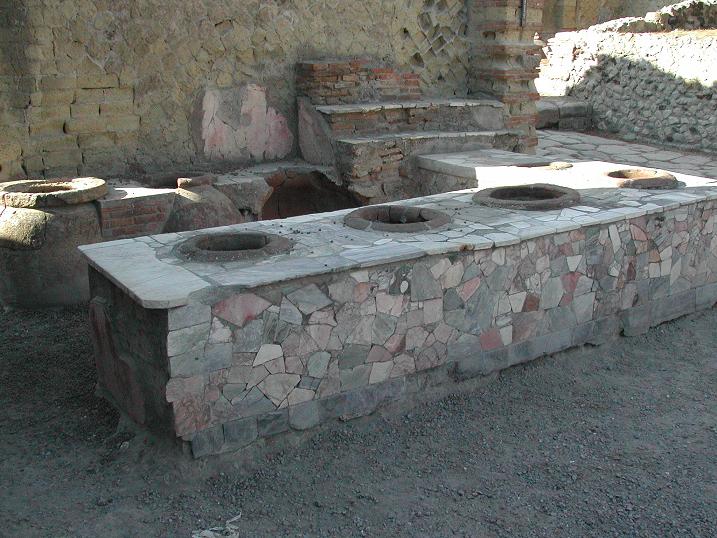
Not Just for the Rich: Evidence of a Common Meal
Historically, thrushes were thought to be a luxury, mentioned even in Emperor Diocletian’s Edict on Maximum Prices in 301 CE. However, this new research challenges that notion. The birds were found in a modest commercial setting — not a lavish villa — suggesting they were accessible to ordinary Romans.
Researcher Alejandro Valenzuela from the Mediterranean Institute for Advanced Studies (IMEDEA) notes that these birds were likely caught during winter migration using nets or glue traps, methods still used in some regions today. Their seasonal abundance made them a cheap and efficient source of protein for the working class.
Culinary Clues from Ancient Bones
Valenzuela’s detailed bone analysis revealed that most breastbones had been intentionally broken, likely to flatten the birds for faster, oil-based cooking — ideal for a street-food environment. Interestingly, the lack of burn marks suggests the thrushes were not roasted but fried — a fast, high-heat method of preparation similar to modern fried quail or chicken wings.
The presence of domestic chickens and European rabbit remains in the same pit further supports the idea that the taberna offered a varied menu catering to everyday tastes.

Broader Implications: Roman Street Food Culture
Pollentia is not an isolated case. Similar finds in Pompeii and rural Roman villas in Britain suggest a widespread tradition of fast food across the empire. These establishments — often serving wine and hot food to workers, merchants, and travelers — were integral to urban Roman life.
The study concludes that while pork remained the staple of the Roman diet, small birds like thrushes played a crucial role in the urban food economy. Their presence in non-elite contexts provides a more nuanced picture of Roman culinary practices, highlighting the adaptability and diversity of ancient street food.
Valenzuela, A. (2025), Urban Consumption of Thrushes in the Early Roman City of Pollentia, Mallorca (Spain). Int J Osteoarchaeol e3416. doi.org/10.1002/oa.3416
Cover Image Credit: Ancient Rome painting depicting eggs, birds and bronze dishes found in the Roman House of Julia Felix. Public Domain

